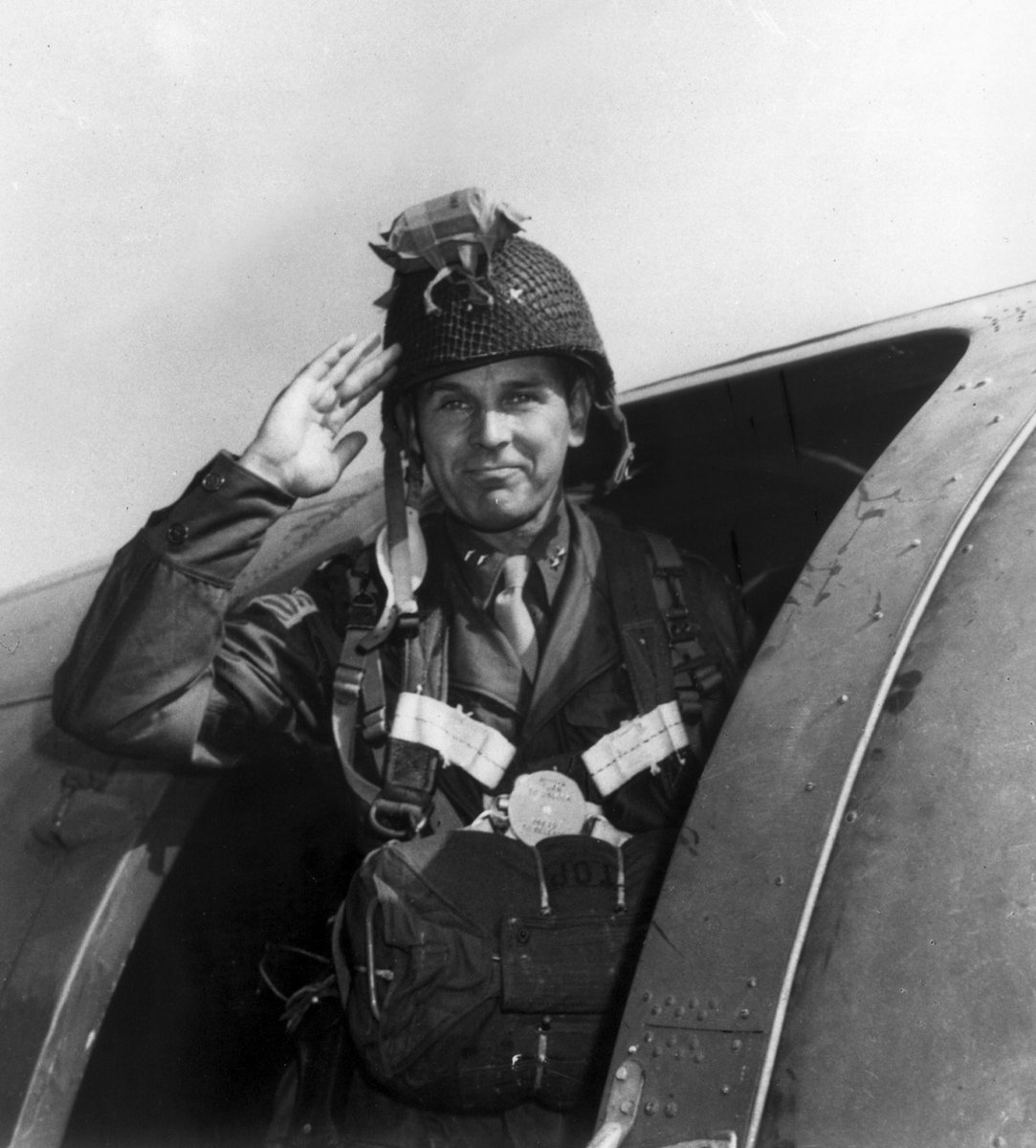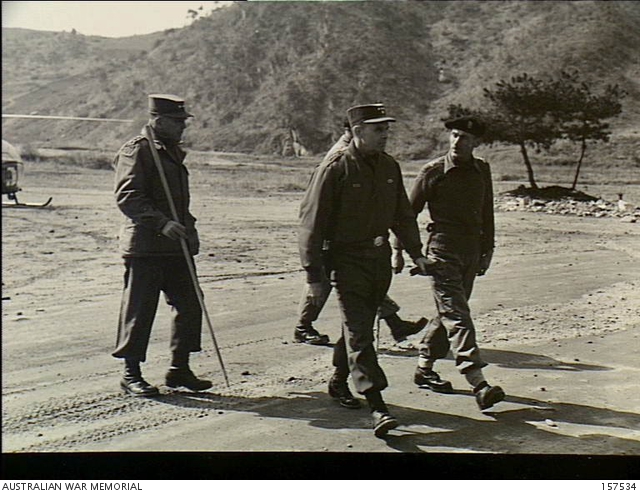1 of 56: If you have not been following along with this story, please go back and read the first five chapters of “The Atomic Age.”
jcs.mil/About/The-Join…




Keep Current with XVIII Airborne Corps
This Thread may be Removed Anytime!
Twitter may remove this content at anytime, convert it as a PDF, save and print for later use!

1) Follow Thread Reader App on Twitter so you can easily mention us!
2) Go to a Twitter thread (series of Tweets by the same owner) and mention us with a keyword "unroll"
@threadreaderapp unroll
You can practice here first or read more on our help page!